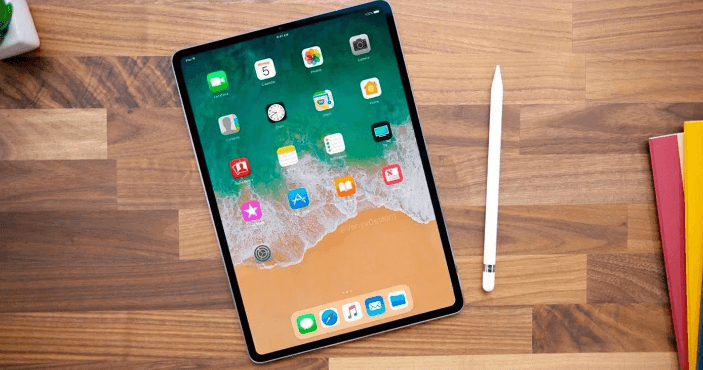When you’re trying to make your web site stand out from the crowd, you need to stay in touch with the latest trends and design concepts that make your site a cutting-edge destination.
Customizable CMS Options
Though creating websites from scratch is still popular, more and more people are simply relying on CMS platforms instead. These Content Management Systems are not just for hobby bloggers, and the huge collection of plugins for CMSs like WordPress means that you can tailor your site to your audience without having a professional coder on staff.

Plugins let you do all kinds of specific things with your website, like embed PDFs for easy reading (more info about pdf to epaper) or block out spam comments. Shopping cards, newsletters, photo galleries and event calendars are now simple add-ons that can provide a huge range of services and features on any website. All of these options help keep readers interested, which leads us to our next point.
User Engagement
This is the biggest design key today, getting users actively interacting with your content rather than just presenting a flat page of text to be read. People are no longer satisfied with just finding information, they need to have their interests piqued and given chances to get directly involved with what they are reading and seeing.
SEE ALSO: What is Responsive Web Design? A Quick Look
Documents with pages that flip, buttons to click when you like something, newsletters to sign up for and networks to share on, will all keep your readers focused on your message. Large photos, ideally as a moving slide-show is another common bit of eye-candy that helps keep visitors interested. And don’t forget to add relevant video too.
At the same time, don’t burden your readers with useless “busy work”. Don’t make people search around for things that should be clearly presented, and don’t make them click 4 times for something that they should be able to access in just one.
Device Friendly Formats
More technically known as “responsiveness”, web pages have to automatically adapt for the huge variation in screen sizes we now all work with. Will your web page show up properly when viewed on a desktop monitor as well as on a smart phone screen? Since devices are no longer a novelty, they must be taken into account when creating good web design because that’s where your audience is.
It’s not that difficult, though making a site responsive with coding isn’t exactly a DIY operation. It can be done though, with a few coding tutorials, if necessary. On the other hand, if you are working with a CMS, you can usually just choose a pre-designed theme that is responsive instead.
There is more to it than just shrinking your site down to phone size. The graphics need to move around to suit the orientation of the device, the text needs to adjust in size and spacing, and the menus should shift off-screen (to be summoned by a swipe).
It’s difficult to really narrow down new web design developments to just 3 examples. There is a lot of new technology out there that makes web site management interesting and offers many options to make your site a success.




